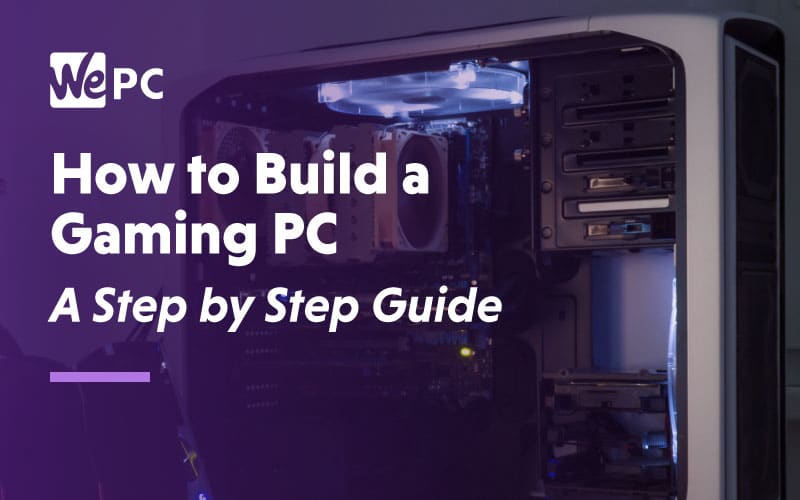9 Totally Free Video Converting System Software For Amature That Has The Source Code Published In November 2020

Becker Professional Education Introduces Document Review Simulation In Cpa Exam Review
By necessity, a model represents only some aspects of the phenomenon or process under study. The research question defines how complex the model should be and what aspects of reality are represented or omitted . For example, many research questions in health care pertain to length of life; thus, mortality outcomes should be within the scope of models answering these questions. Communicating assumptions, synthesizing evidence, and informing decisions are probably the most common goals of the models and simulations that would be developed in conjunction with systematic reviews. That said, the listed goals are not mutually exclusive, and typically the same model is used to achieve multiple goals. A validated simulator can address the lack of opportunities for deliberate practice in surgical training.
- So much better to watch YT now, has done the same with my different email addresses, well impressed.
- Stack Exchange network consists of 176 Q&A communities including Stack Overflow, the largest, most trusted online community for developers to learn, share their knowledge, and build their careers.
- Installed and then went on YT, within 20 minutes, had blocked 95 pop ups.
Detailed guidance on choosing among alternative mathematical structures and on implementing them in computational models is beyond the scope of this document. The categories are not exclusive, and some references are cited under more than one category. The list is by no means exhaustive of the vast literature on modeling and simulation; it is meant only as a starting point for readers who wish to further explore this literature. Generally, data should not be withheld during model development for the purpose of using them for model validation. Model validation, in terms of agreement of model predictions with the corresponding data, can be formalized with metrics of model fit. Resampling methods (cross-fold sampling, bootstrap) can be used to assess model fit and to detect outlying or influential observations that may guide further explorations. The scope of a mathematical model includes the condition or disease of interest, populations, risk factors, and diagnostic or therapeutic interventions.
Customer Support
It will also provide residents with immediate skill feedback, an indispensable component of deliberate practice and the development of expertise. Residents need carefully devised educational variations providing incremental challenges to improve their surgical skills35. The apprenticeship model struggles to control the real world challenges faced by the residents, and feedback requires time and attention from busy staff surgeons. Simulators can provide real-time feedback and instruction outside the operating room36. Of fourteen studies reviewed in a meta-analysis, deliberate practice using simulation-based techniques was found overall to be a superior method of training compared to the apprenticeship model in the medical field16. The key to facilitating deliberate practice is effective simulation. Orthopaedic surgical skill is traditionally acquired during training in an apprenticeship model that has been largely unchanged for nearly 100 years.
The major challenge for the future revolves around understanding the value of this new technology and developing an educational curriculum that can incorporate surgical simulators. Duplicate implementation of the same model by an independent team or implementation of the same model in a different software package can also be used to identify errors in coding. Because these strategies can substantially increase the time and resources required for model development, their use should be balanced against the modeling goals, model complexity, and anticipated frequency and impact of errors. Modeling is useful for addressing many research questions, especially questions that are not directly answerable using existing empirical data. Predictive validation is an important component of the assessment of models intended as forecasting tools. The preferred model structure depends on the research question and the model’s scope. Health states, transitions between health states, and functional relationships between parameters should reflect the understanding of the course of the disease.
The Best Freemium Recipe Manage App: Bigoven
Because of this broad scope, the guidance does not prescribe specific modeling approaches. We hope that this work will contribute Texter to increased use and better conduct and reporting of modeling and simulation studies in health technology assessment. The chosen relationships between model components should be justified.4.The model should be informed by data. Table 3 provides operational definitions and examples of these areas of modeling. The ability to acquire surgical skills requires consistent practice, and evidence suggests that many of these technical skills can be learnt away from the operating theatre. The aim of this review article is to discuss the importance of surgical simulation today and its various types, exploring the effectiveness of simulation in the clinical setting and its challenges for the future.
Surgical simulation offers the opportunity for trainees to practise their surgical skills prior to entering the operating theatre, allowing detailed feedback and objective assessment of their performance. Surgical simulators can be divided into organic or inorganic simulators. Organic simulators, consisting of live animal and fresh human cadaver models, are considered to be of high-fidelity. Inorganic simulators comprise virtual reality simulators and synthetic bench models. Current evidence suggests that skills acquired through training with simulators, positively transfers to the clinical setting and improves operative outcome.